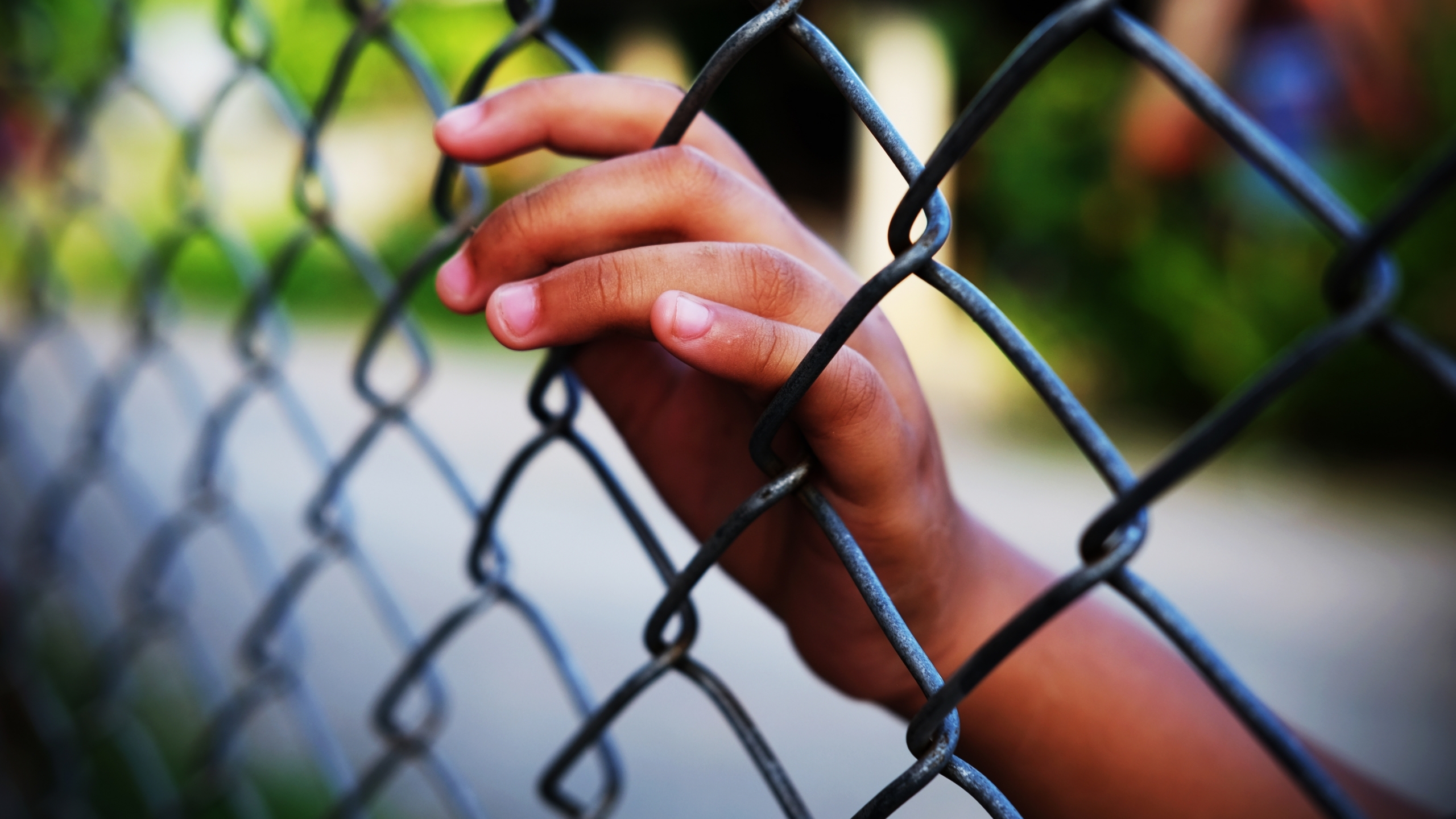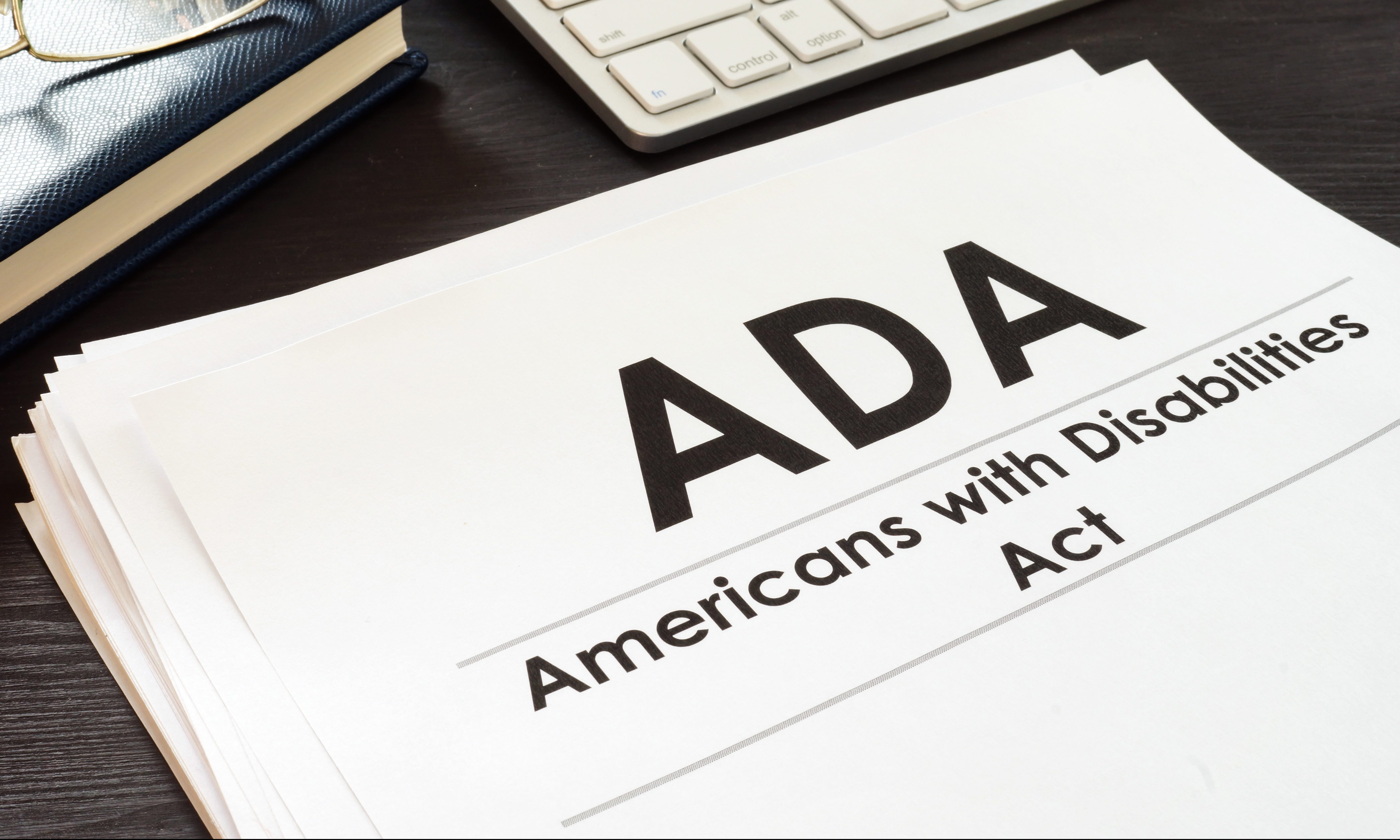Black youth in Alabama are incarcerated at a rate 2.8 times higher than white youth, according to a recent study. The Sentencing Project, a Washington D.C.-based research and advocacy group working to decarcerate, released three reports last week that show profound racial disparities still exist across the U.S. and in Alabama.
“We’re looking at an era that youth incarceration has been on the decline by a pretty significant degree,” said Josh Rovner, senior advocacy associate at The Sentencing Project and the author of the new publications, speaking to APR recently. “There are half as many kids locked up in this country as there were at the start of this decade, but the central problem that we face is that racial and ethnic disparities have been really stubborn over that time.”
Black youth in the U.S. were more than four times as likely to be locked up as white youth, a modest improvement over 2015, when they were five times as likely to be incarcerated, the report shows.
“Forty-one percent of youths in placement are Black, even though Black Americans comprise only 15 percent of all youth across the United States,” the report reads.
Latinx youth in the U.S. were 28 percent more likely to be detained or committed in juvenile facilities than their white peers in 2019, according to a separate new report, but Alabama’s Latinx youth are incarcerated less than white youth.
Alabama’s Latinx youth in 2019 were incarcerated at a rate of 65 per 100,000. White youth in Alabama were incarcerated at a rate of 106 per 100,000.
In Alabama, the disparity between Black and white youth incarceration fell by 19 percent between 2015 and 2019, which is better than the national average of 13 percent, according to the report, but that doesn’t tell the whole story, Rovner explained.
“What we saw over this time period is that in Alabama, the Black youth incarceration rate declined modestly. It fell by 11 percent, and white incarceration rate actually increased,” Rovner said.
Alabama’s disparity didn’t fall because the state realized it needed to address the higher numbers of Black children being incarcerated, Rovner explained. Instead, it fell because more white children were being locked up.
In 2015, Alabama’s white youth incarceration rate was 97 out of every 100,000 white youth in Alabama, Rovner said, and in 2019 that increased by 9 percent, to 106 out of every 100,000. Nationally, the white youth incarceration rates fell by 16 percent during those years.
“All together, it barely barely budged during the years that we’re talking about,” Rovner said of Alabama’s youth incarceration rate.
In 2010 Alabama’s youth incarceration rate was just slightly below the national average, but since then the U.S. youth incarceration rate fell by 49 percent while in Alabama it fell by just 25 percent.
The key to lowering youth incarceration is to stop locking children up for low-level offenses like running away, for skipping school or for violating terms of their probation, Rovner said.
“In Alabama, 16 percent of kids who are incarcerated are on a technical violation,” Rovner said. “That’s one out of six, and you compare that to a national average of 12 percent. That’s a pretty big gap.”
Over the years 2018, 2019 and 2020 technical violations were the single largest reason youth were incarcerated in Alabama, with 1,306 children locked up during all of those years, according to the Alabama Department of Youth Services 2020 annual report. Property crimes made up the second-largest number of youth incarceration during those years.
Rovern said what the data shows him is that Alabama is locking up children who may not otherwise be locked up in other states.
“These are kids who are behaving in age-appropriate ways, and Alabama, to a greater extent than the rest of the country, is choosing to deal with that problem by incarcerating them,” Rovner said.
Alabama’s juvenile detention statistics also have a direct correlation to the state’s overpopulated, understaffed deadly adult prisons. The state us currently being sued by the U.S. Department of Justice for what the federal government says is unconstitutional treatment of incarcerated men whom the state fails to protect from violence, drugs and death.
“One of the strongest predictors that a person is going to be incarcerated as an adult is juvenile system involvement,” Rovner said. “And that grows If the system decides to incarcerate the youth.”
A child caught up in the juvenile justice system could face any number of outcomes from being sent home with a warning to community service or probation, Rovner explained.
“And what we see is that harsher the response in the juvenile system, the more likely that that person is going to be incarcerated later on,” Rovner said.
Treating a child like a criminal also means that child is more likely to see themselves as a criminal, Rovner said.
“You also change the way that the community sees the kid,” Rovner said.






















































